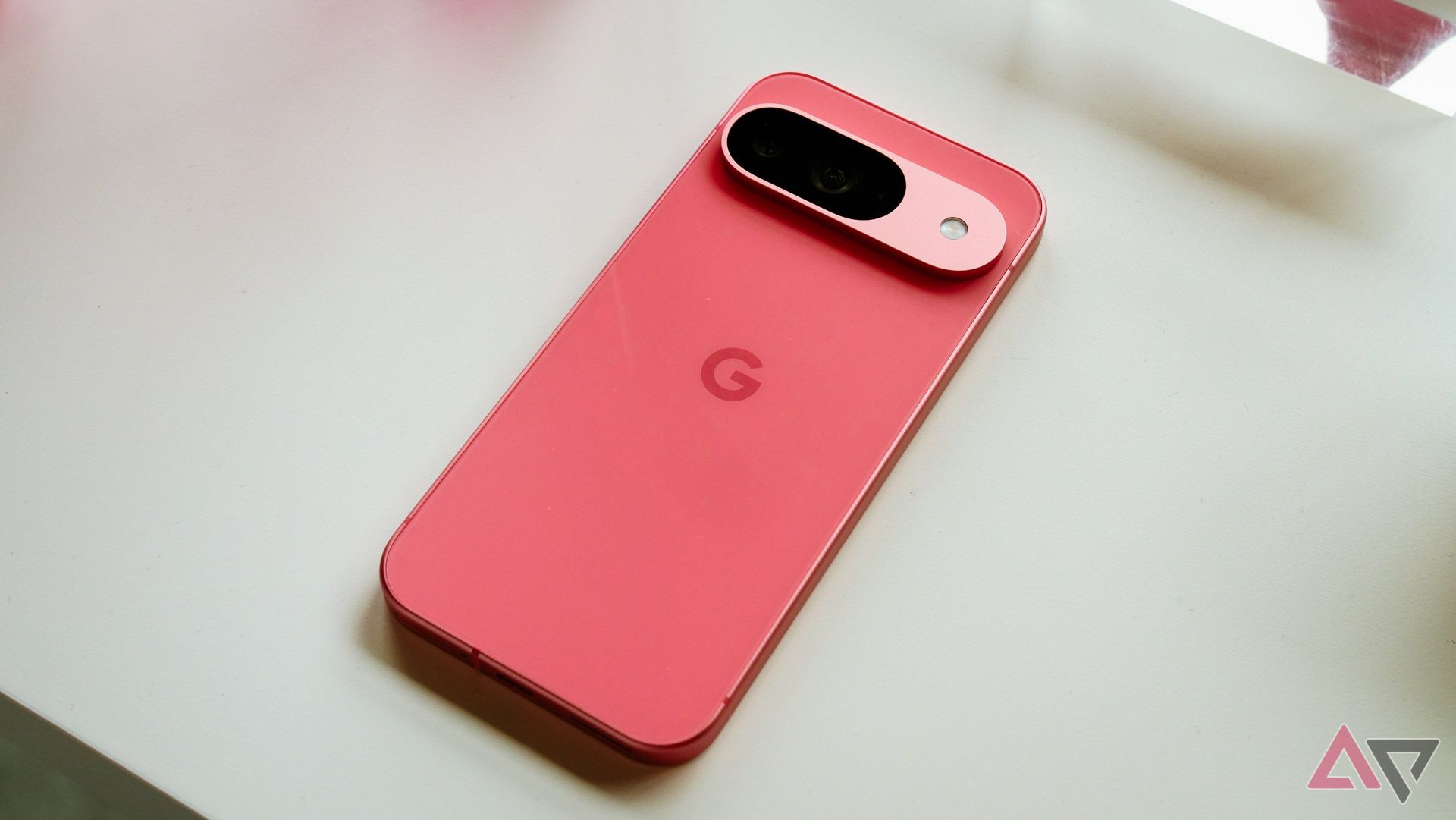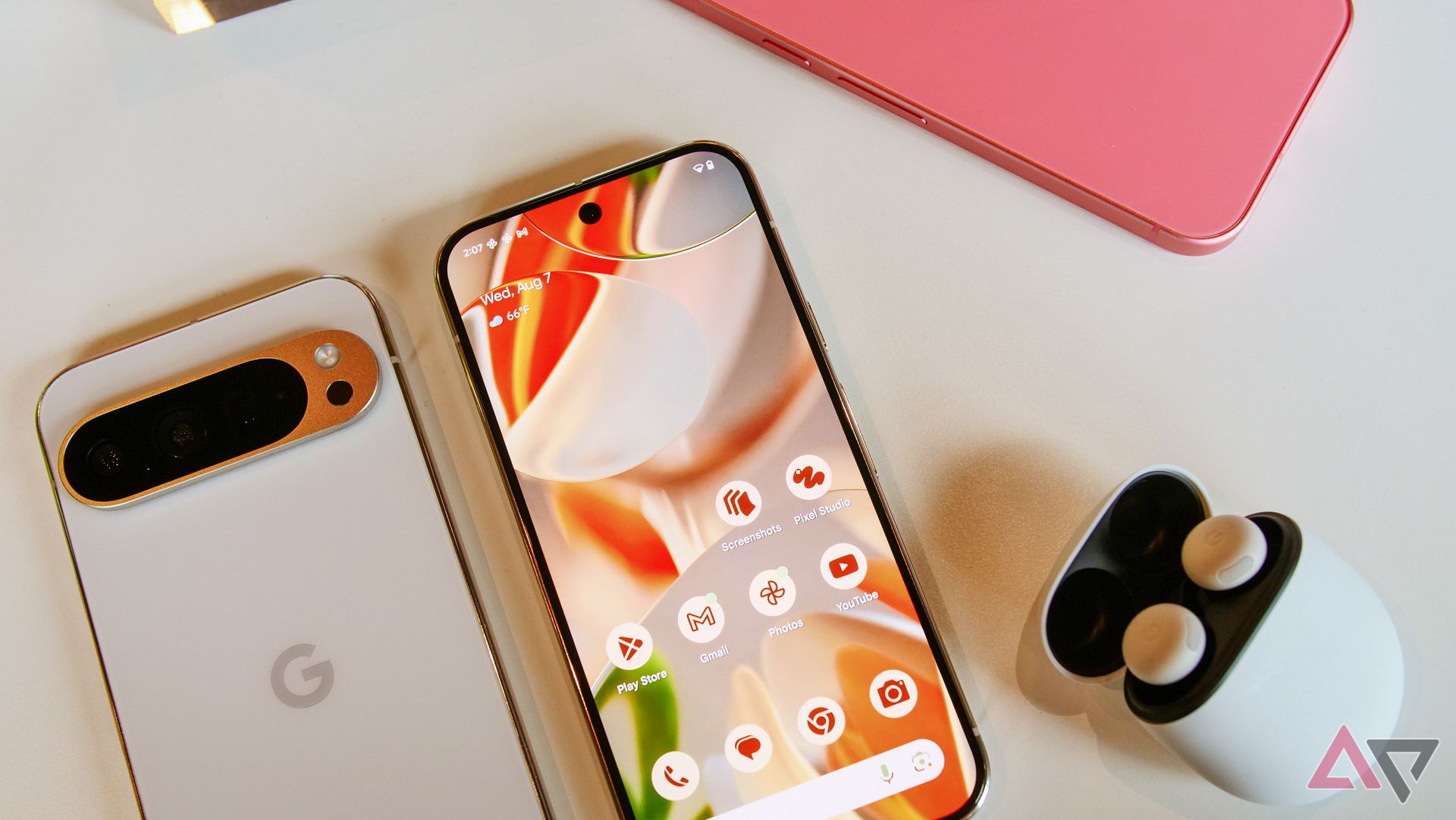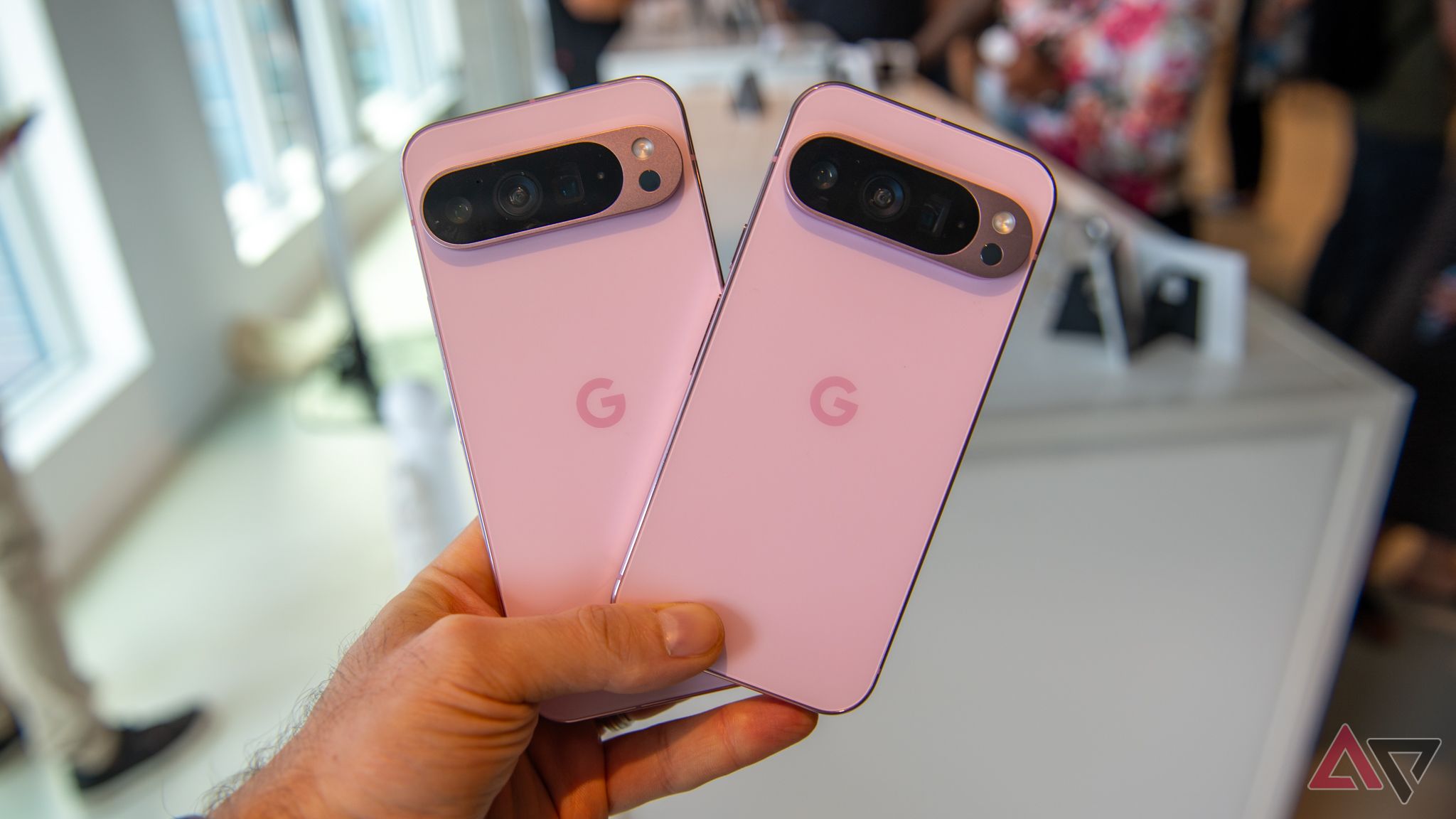In the past few years, smartphone makers have been pushing the boundaries of what our devices can do, especially when it comes to safety features. Google Pixel phones, for example, can detect when you’ve been in a car crash and automatically call emergency services. Similarly, the new Google Pixel Watch 3 can even detect a loss of pulse and call for help — something no other Android smartwatch on the market can do currently.
On the other hand, Apple was among the first to introduce the Satellite SOS feature that allows users to connect with emergency services without a cellular signal or Wi-Fi, which is especially handy for situations like hiking trips. Now, Google has followed suit with the Pixel 9 series, as all models of the new flagship series will ship with Satellite SOS.
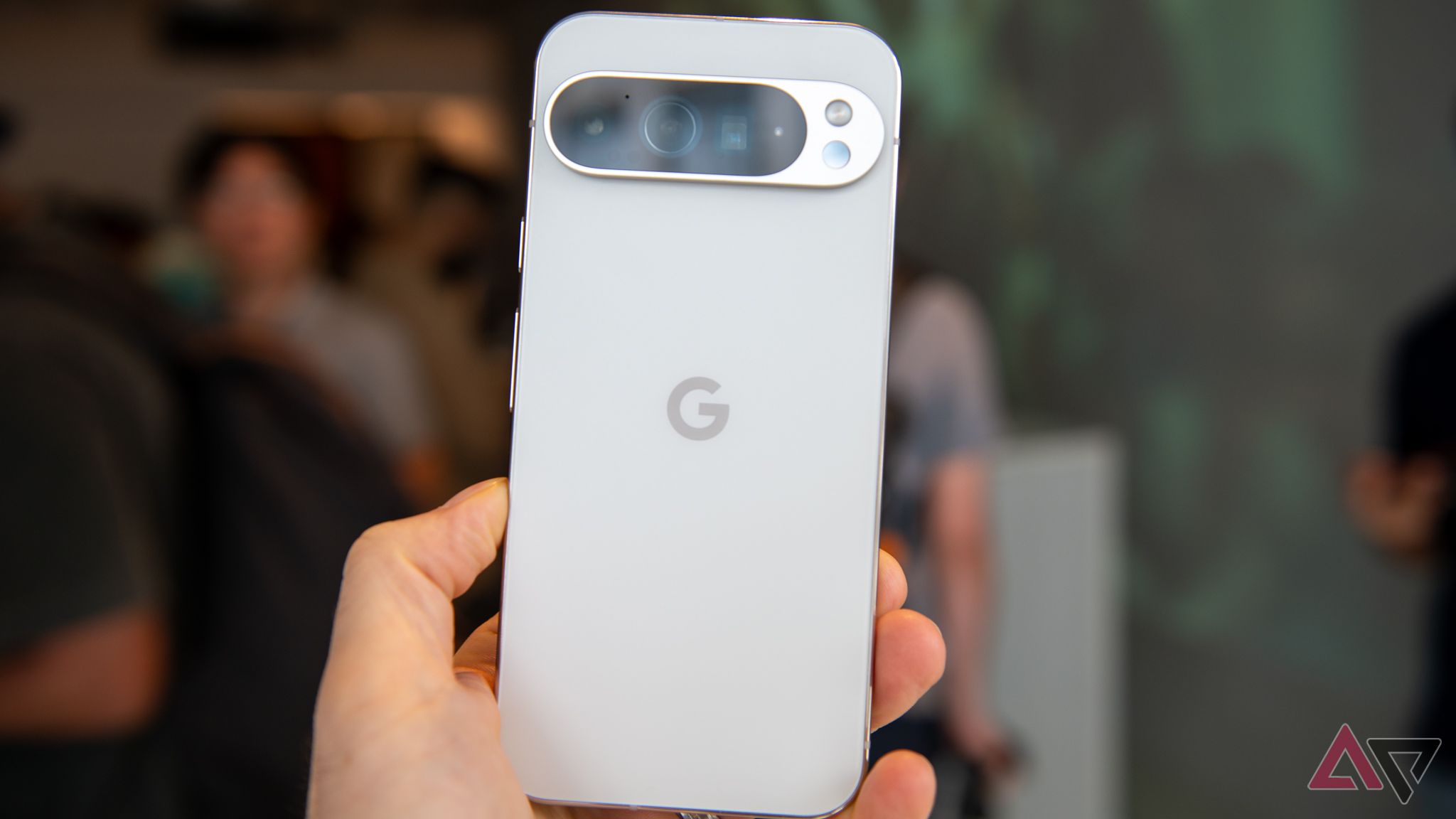
Related
Google Pixel 9: Hardware, cameras, special features, pricing, and availability
Google’s biggest mobile shakeup since Tensor is almost here
How does the Satellite SOS feature on the Google Pixel 9 series work?
It’s pretty straightforward
Google has partnered with Garmin and Skylo to offer this feature on the Pixel 9, including the Pixel 9 Pro Fold; here’s how it works: When there is no mobile network or Wi-Fi, a Satellite SOS option will appear in the dialer to contact emergency services via satellite connectivity. You’ll then have to fill out an emergency questionnaire describing your emergency, and you can also notify your emergency contacts.
Once you’ve completed these steps, you’ll need to follow the on-screen prompts to position your phone correctly for satellite connection. Once connected to a satellite, you’ll receive a response from an emergency service provider within a few minutes, allowing you to get help even in areas without mobile or Wi-Fi coverage. You’ll, as expected, need to stay in an area with a clear sky and away from tall buildings and trees.
Google says this feature will only be available in the US (excluding Hawaii and Alaska) for now. It also isn’t available out of the box on the Pixel 9 series just yet, but the company says it’s “coming soon.” Additionally, you’ll need to set Google Messages as your default messaging app. For now, you can try out a demo on your Pixel 9 by going to Settings > Safety & emergency > Satellite SOS and following the on-screen instructions.

Related
The Pixel 9 Pros are the phones I’ve always wanted from Google
Finally, a real deal small Android flagship
Will Pixel owners pay for Satellite SOS?
It’s more of a want than a need
So, what’s the catch, aside from the feature not being available right away? The main thing is that Satellite SOS on the Pixel 9 is only free for a limited time. Google says the feature will be free for the first two years after you activate your Pixel 9, but hasn’t clarified what happens once that period ends.
There’s a possibility Google extends the free access period, as they’ve done with other features in the past, but that’s just speculation for now. When Apple introduced its Satellite SOS feature with the iPhone 14, it also initially offered two years of free access, then extended the trial by another year for iPhone 14 owners.
Even if Google makes this a paid service, it’s unlikely that every Pixel 9 owner will be willing to pay for it. After all, Satellite SOS isn’t like a regular subscription such as Netflix. Instead, it’s more of an on-demand service — something you might subscribe to when you know you’re heading into remote areas, like during a hiking trip, similar to how we purchase eSIMs for international travel.
Moreover, it’s unclear how reliable Google’s Satellite SOS is, though Apple’s version has proven to be incredibly useful, saving lives in many emergency situations. However, if I had to make a request regarding this feature, it’d be for Google to expand it beyond the US. While it’s great that users in the US can access it, the need for such a service is global, and making it available worldwide could be a big game-changer.
-
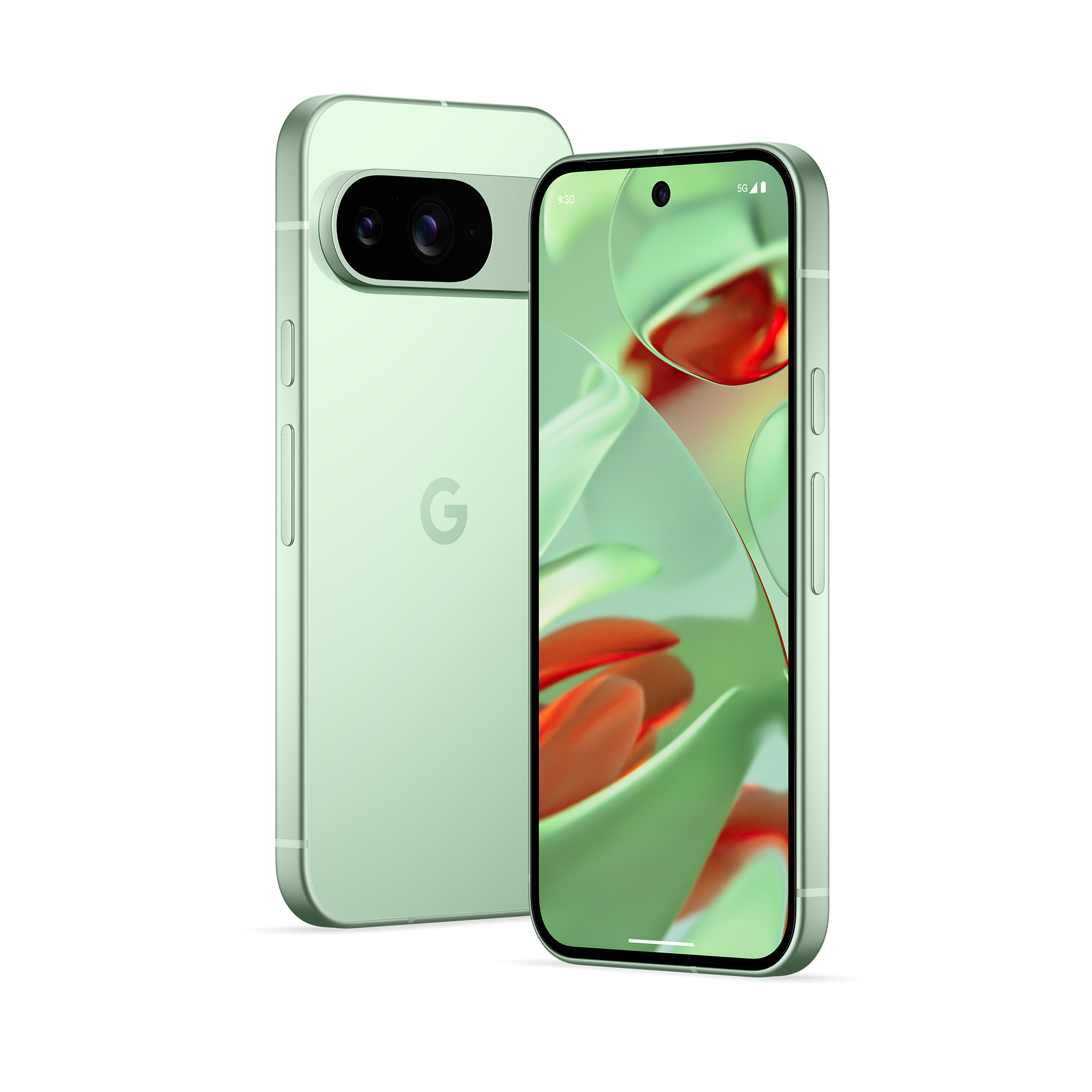
Google Pixel 9
The Pixel 9 is Google’s most affordable 2024 flagship, offering key features like a 48MP ultra-wide camera, 50MP main shooter, and autofocus selfie cam. While it makes a few compromises compared to the Pro models, it still includes new Gemini AI features and a 2,700-nit Actua display, providing great value at its price point.
-

Google Pixel 9 Pro
The Pixel 9 Pro is a compact addition to Google’s lineup, offering a smaller form factor while retaining all the AI and camera capabilities of the Pro series. It shares dimensions with the standard Pixel 9 but brings premium features like the Pixel 9 Pro XL, making it a standout in Google’s high-end range.
-
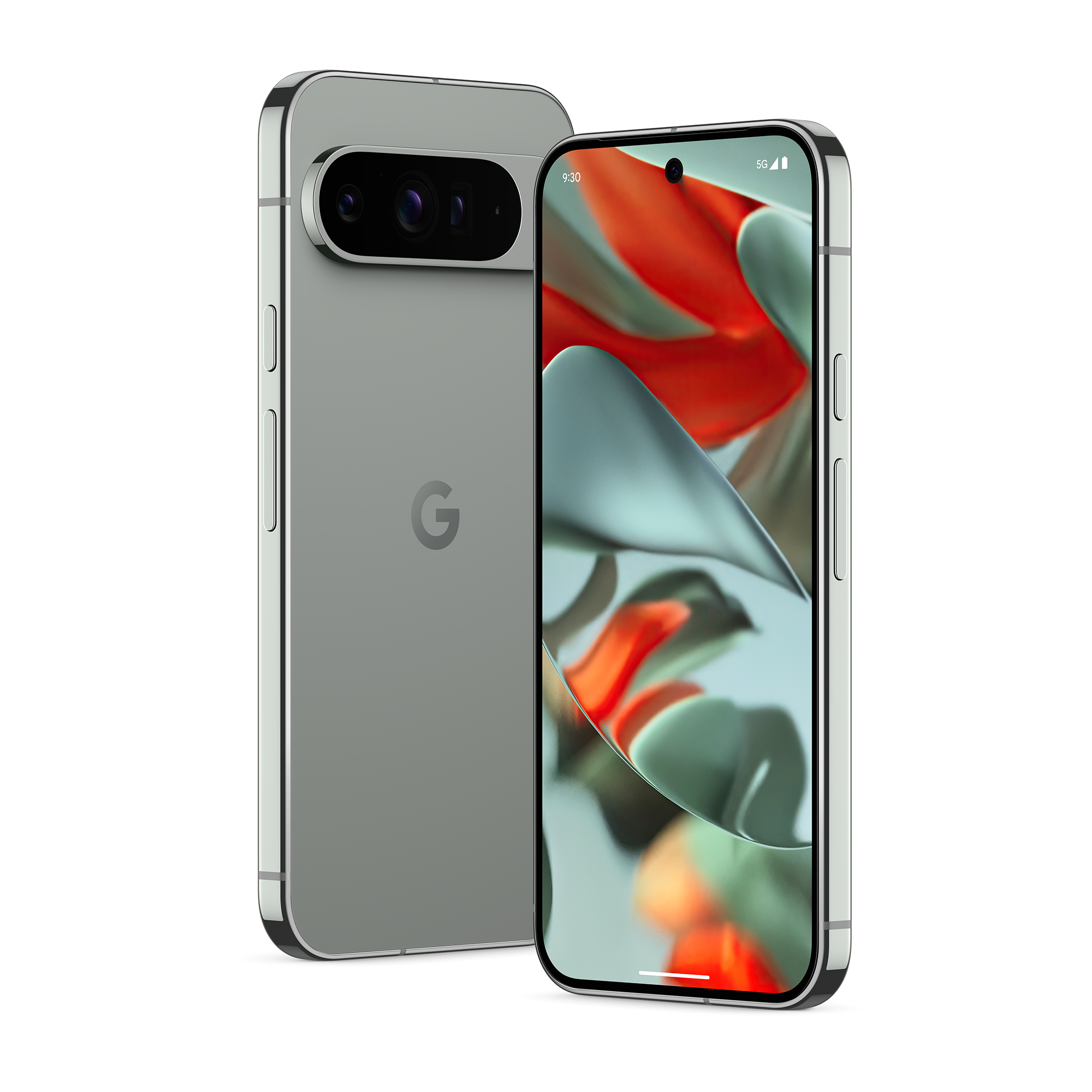
Google Pixel 9 Pro XL
The Pixel 9 Pro XL carries the same role as last year’s Pixel 8 Pro, with similar specs and a familiar footprint. The new Pixel 9 Pro, however, is a smaller flagship option. The 9 Pro XL offers a larger screen, faster charging, and a bigger battery, along with all the camera and AI features of the 9 Pro.
Source link
